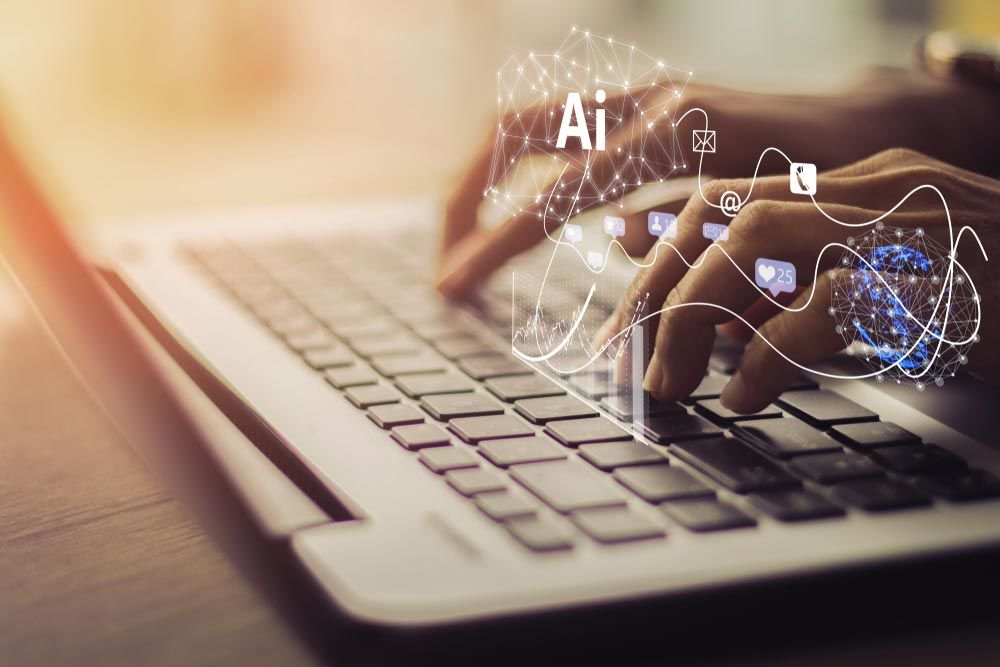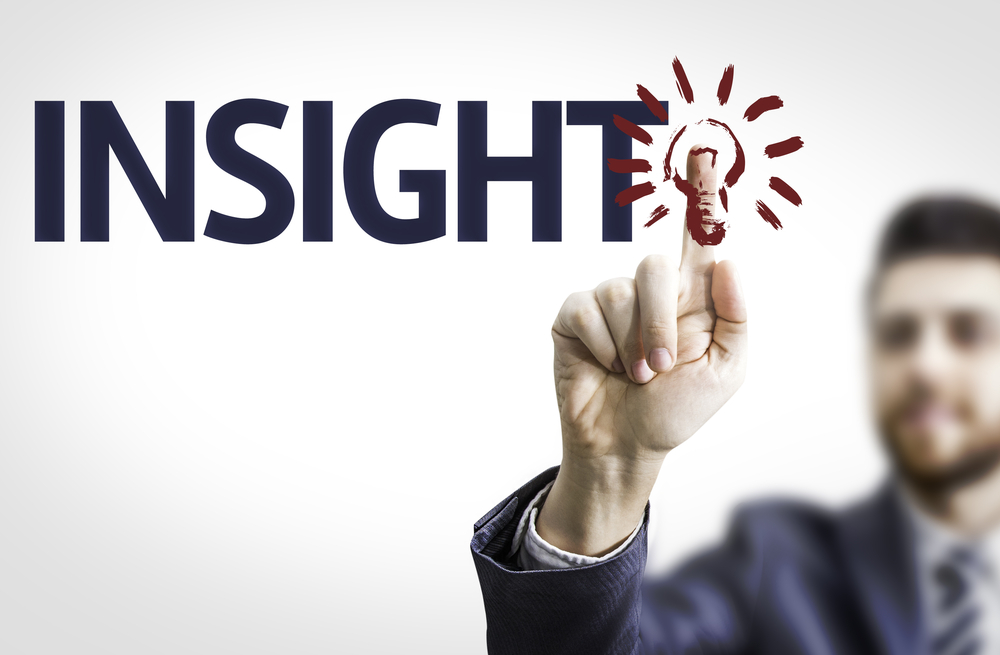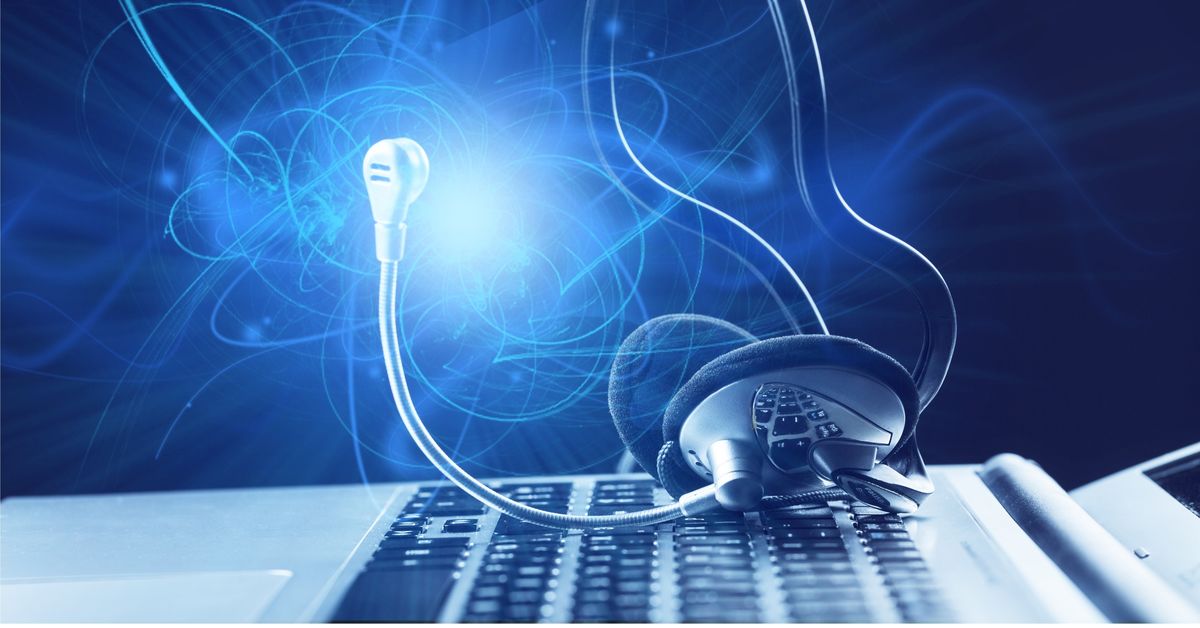A Contact Babel study* found that 91% of contact centers use call recording software. That makes it nearly ubiquitous, meaning it's "present, appearing, or found everywhere." That's also a pretty fitting description for the way many contact centers have configured their call recording software - it's present everywhere, recording 100% of inbound and outbound calls.
A wise colleague has compared call recording to the plumbing in a house. It's a core part of the infrastructure, but it runs in the background so it's sometimes taken for granted. And, like plumbing, when there's an issue with the call recording system, it can be a code-red emergency. Some contact center leaders have confessed that they can't function without call recordings.
As common as call recording is, however, not all contact centers take advantage of its full potential. This post will explore the many uses of recorded calls as well as discuss how to pump up their value using speech analytics.
Why do contact centers record calls?
There are numerous reasons to record calls, but leading the pack is quality. Call recordings play a central role in monitoring, measuring, and improving call quality. A quality management program without call recordings is like macaroni without cheese. The pair belong together.
Another top reason to record calls is risk mitigation. Call recordings are a direct account of what occurred during the interaction between a customer and an agent. In case of a dispute - for example, if a customer claims an agent was abusive to them - the recording can prove or disprove the claim.
Some contact centers don't have a choice about recording calls; it may be an industry mandate. For example, most financial institutions, such as banks, are required to record all their calls. Such requirements are typically driven by a desire to protect consumers.
A few words about compliance
This desire to protect consumers has also generated laws about other dimensions of call recording and the rules can vary from state to state and country to country. Many of the rules have to do with consent. In the US, the states are divided between those who require only one party of the phone conversation to consent to the recording and those who require both parties to consent. This makes it complicated for call centers that handle calls from both one-party and two-party consent states. Even if they are located in a one-party consent state, contact centers are likely to abide by two-party consent rules to keep things simple and to stay compliant.
There are also laws and regulations regarding the storage of call recordings. These can be industry-dependent and may govern how long recordings are stored, how they're secured, how they're used, and who can access them. Industry leading call recording software can help contact centers stay compliant with storage rules by providing flexible retention options and securing call recordings from unauthorized access.
Contact centers who don't comply with call recording laws can face stiff fines or even criminal charges. This is by no means a comprehensive review of call recording laws. In order to design sound compliance practices, contact centers should really consult with a professional. In the meantime, our white paper, Call Recording Regulations in the Contact Center, can help you understand more about call recording compliance.
The best ways to use call recordings

Quality management
Since it's the top reason to record calls, it's also at the top of my list. Every good quality management program involves listening to and evaluating a sampling of call recordings. Evaluations ensure agents are adhering to customer experience (CX) standards, resolving issues efficiently and accurately, following compliance procedures, and more. They also help identify broader training needs. When coached on their quality evaluations, agents should have access to the related recordings. Otherwise, they might not remember the call (likely) or they may remember it quite differently than what actually happened (also likely).
Pro Tip - Periodically let agents self-evaluate their call recordings. Chances are they will be harder on themselves than the quality evaluators would be.
Dispute resolution
A call recording provides a direct account of what happened during the interaction between an agent and a customer. It may even be admissible in court if the proper consent rules have been followed. Fortunately, most disputes never go to court, but recordings are still helpful for resolving claims like, "I said I wanted the warranty," and "The agent didn't tell me about those fees." Listening to the call helps contact center managers understand what really happened, identify the best way to handle the situation with the customer, and determine if action needs be taken with the agent.
Pro Tip - If appropriate, play the recorded call for the customer. It can be more credible than just explaining what you heard.
Training
Taking that first call can be terrifying for new agents. Even after the most thorough classroom training, they might still lack the confidence they need to be successful out of the gate. A new agent who lacks faith in themselves will struggle to deliver an inspiring customer experience and they might decide they're in the wrong job. Playing good and bad call recordings during training might just be the learning and confidence boost some new agents need. It will help demystify the interaction process and give agents some real-life examples of what to do or not do. And call recordings shouldn't just be used in new hire training. Seasoned agents can also learn from them.
Pro Tip - Have quality analysts flag "training-worthy" calls while they're doing quality reviews to leverage in trainings later.
Problem identification
Call recordings can help you identify and confirm issues. These problems can range from coupon codes that don't work on the website, to product defects, to shipping issues. Call centers are in the business of solving problems, so they are often alerted to issues before anyone else in the company. Big issues may be identified simply because they drive a lot of call volume. But a small issue may fester until some astute quality analyst notices a trend in the calls she's evaluating. Contact centers that are good at ferreting out problems add additional value to their organizations.
Pro Tip - For faster and more thorough problem identification, use speech analytics to examine all of your call recordings. More on that later.
Voice of the customer
Here's a place where call recordings are extra valuable to other groups beyond the contact center. Call recordings contain candid input straight from the customer's mouth. Marketing, product, and CX teams can greatly benefit from the information in those recordings. They can learn more about customers' needs, find out how customers perceive the company, and even get new product ideas. When combined with other CX data, the information contained in call recordings can help organizations better understanding what customers encounter on their customer journeys.
Pro Tip - Start a habit or routine of playing one positive and one negative customer call at the beginning/end of your regular cross-functional leadership meetings.
Internal PR
What call center can't benefit from some internal PR? Sometimes the only thing other departments hear about the call center is the bad stuff related to escalated customer complaints. Regularly providing examples of positive interactions can be a good way to reassure everyone that the company's customers are in good hands. Plus, executives need to hear from customers occasionally as a way of keeping in touch with what's important.
Pro Tip - If you're feeling fancy, create an audio montage of happy customer comments.
Employee recognition
Call centers are always looking for new (and inexpensive) ways to recognize and motivate agents. Celebrating superb calls is an excellent way to do that. As quality analysts are reviewing calls, they can pick the best ones that exhibit all the characteristics of the ideal interaction. Leaders can play the call recordings at team meetings and recognize the agents for their performance. Call centers can even establish a "Call of Fame" populated with these examples of exceptional CX.
Pro Tip - To increase agent engagement, have a “best call" contest. Let agents choose which of their call recordings will be entered in the contest.
Also record screens
Listening to call recordings is great, but it only provides one dimension of the interaction. To get a more holistic view, contact centers should also record the agents' screens. This allows quality reviewers to see how agents navigate the system(s) and what data they enter. With this "video" of the interaction, reviewers can identify additional ways agents can be more efficient and accurate in how they handle customer inquiries. The best call recording software includes the capability to record both audio and agent screens for a more well-rounded perspective.
Getting more from your call recordings with speech analytics

Speech analytics tools are transforming the quality of information organizations can glean from their customer interactions. Reviewing call recordings is often a manual process, limited in scope by the capacity of the quality management team. While sampling 2-3% of calls every month can certainly yield benefits, the nature of sampling means that some things will be missed and that the small sample of calls may not be truly representative of overall quality or individual agent performance.
Speech analytics tools overcome these limitations because they can comb through 100% of call recordings and identify characteristics like sentiment, call drivers, and potential compliance issues. They can automatically identify key words that are trending in calls, such as "can't log on" and "package was late," so that businesses can identify why people are calling and quickly react to any emerging issues.
Additionally, speech analytics can assess customer sentiment and identify if callers are satisfied or upset. Sophisticated speech analytics software assesses voice characteristics such as volume, pitch, timing, frustration, and silences. This analysis can be used to measure customer sentiment at the individual and overall levels and can also produce agent sentiment scores.
Speech analytics can also help contact centers stay compliant and can proactively alert them to potential legal issues. For example, the analytics tools can identify when outbound collections agents don't read the mandatory "mini Miranda" at the beginning of their calls. Additionally, organizations can be alerted when callers use words like "lawyer" and "Better Business Bureau." This allows them to take proactive measures with customers and correct any substandard agent behavior.
It's clear that speech analytics can significantly elevate the value of call recordings. In addition to the benefits already discussed, applying speech analytics to call recordings can also yield the following rewards.
Identify self-service opportunities
If words like "change my address" and "check my loyalty points" are commonly used in calls, those call types are great candidates for self-service. Modern IVRs and website chatbots can easily handle these types of inquiries, and at a much cheaper cost than agent-assisted phone calls. Conversely, speech analytics can also help identify when callers failed in their self-service attempts, which might signify a design or system issue that needs to be addressed.
Eliminate unnecessary calls
Of course, transitioning more contacts to self-service channels will reduce calls, but the volume reduction doesn't end there. The problem identification capabilities of speech analytics can help organizations zero in on and eliminate call generating issues. For example, one of our clients, a BPO that uses CXone Interaction Analytics, was able to identify a certificate fulfillment issue that was driving calls and customer dissatisfaction for one of their clients. Once the client was made aware, they quickly fixed the problem, killing two birds with one stone - getting higher customer satisfaction and reducing inbound calls on the issue.
Optimize AHT
Because speech analytics identifies call reasons, call centers can calculate average handle time (AHT) by call type. This can be extremely helpful for optimizing AHT because it allows managers to set targets for specific kinds of calls. Additionally, managers may find that some short duration call types are good self-service candidates and long duration call types may indicate a need for more training or system adjustments.
Identify reasons for holds and transfers
Putting a customer on hold or transferring them to other agent teams are potholes along the customer journey. Call centers should try to minimize both but may not know where to begin. Speech analytics can help by identifying the reasons for each. This may help identify, for example, a branch of the IVR menu that isn't working properly or a particular policy that needs better knowledge base content.
Can also analyze digital channels
Chances are good that your company doesn't just offer phone support. Most businesses also support digital channels like email, chat, and social media. As long as you retain transcripts of these digital interactions, the best analytics tools can also scour through them and conduct the same analysis used on call recordings. This allows for more insight about what channels customers prefer for certain types of issues. Organizations can also compare customer sentiment across all their supported channels.
Produces more representative view of customer sentiment
Customer surveys, such as those that measure satisfaction or NPS, are an important part of understanding sentiment and loyalty. However, they have some potential drawbacks. For example, really happy or really angry customers may be more inclined to fill them out, meaning businesses may not hear enough from customers that fall in the middle of the spectrum. Speech analytics can solve this issue by including all customers in the analysis. Additionally, survey results may not provide enough information about why customers are satisfied or dissatisfied. By zeroing in on key words, speech analytics can help organizations understand drivers of sentiment so they can take action when needed.
The bottom line

Find out more
This article only scratched the surface of what speech analytics tools are capable of in contact centers. For more in-depth information, download The Inner Circle Guide to Customer Interaction Analytics, a 127 page deep dive into interaction analytics
Also, if you want a real-life example of speech analytics in action, watch Transform with CXone Interaction Analytics. In this webinar, our client Expivia discusses three use cases they found for analytics in their contact center. It will really make you think.
* The 2020-21 US Customer Experience Decision-Makers' Guide




